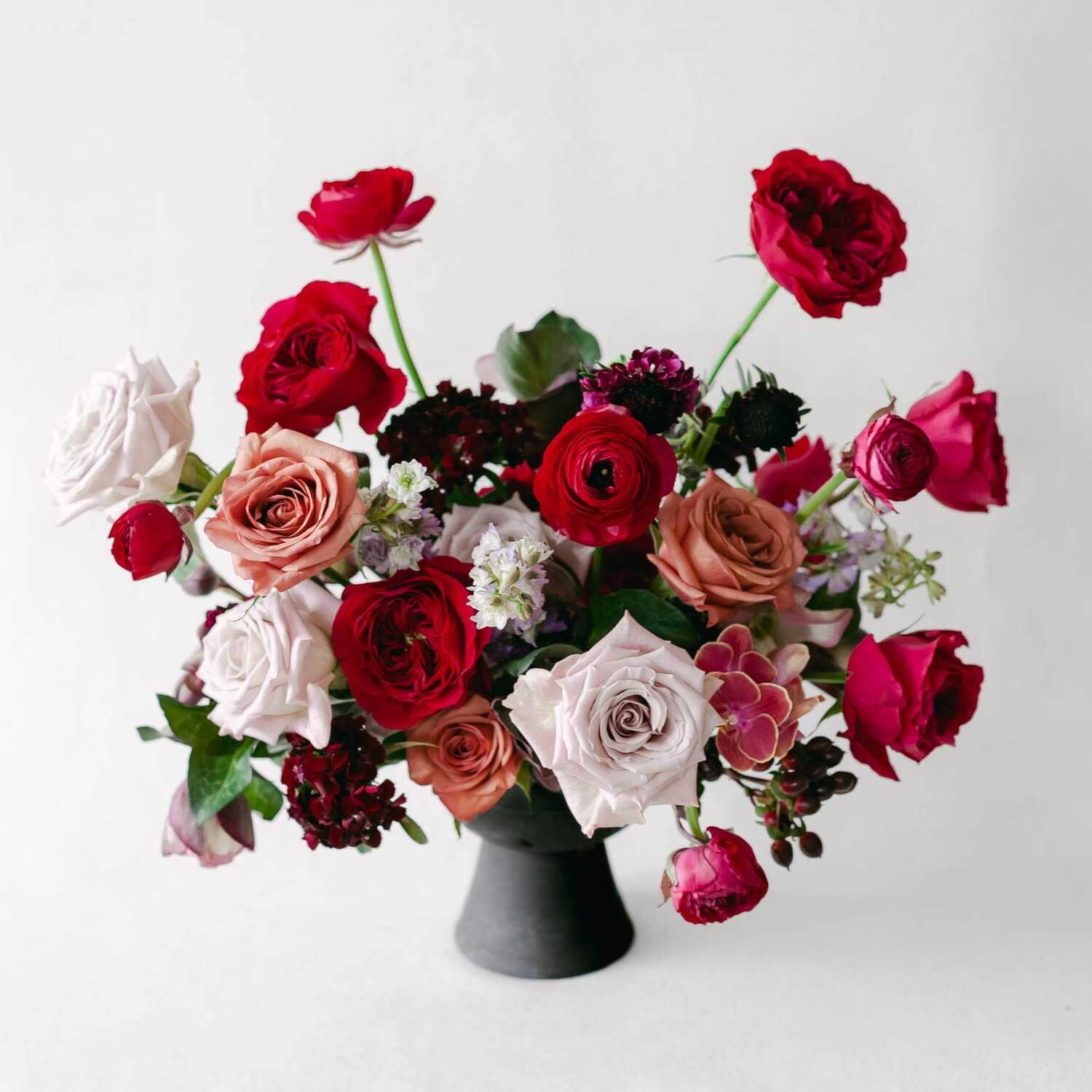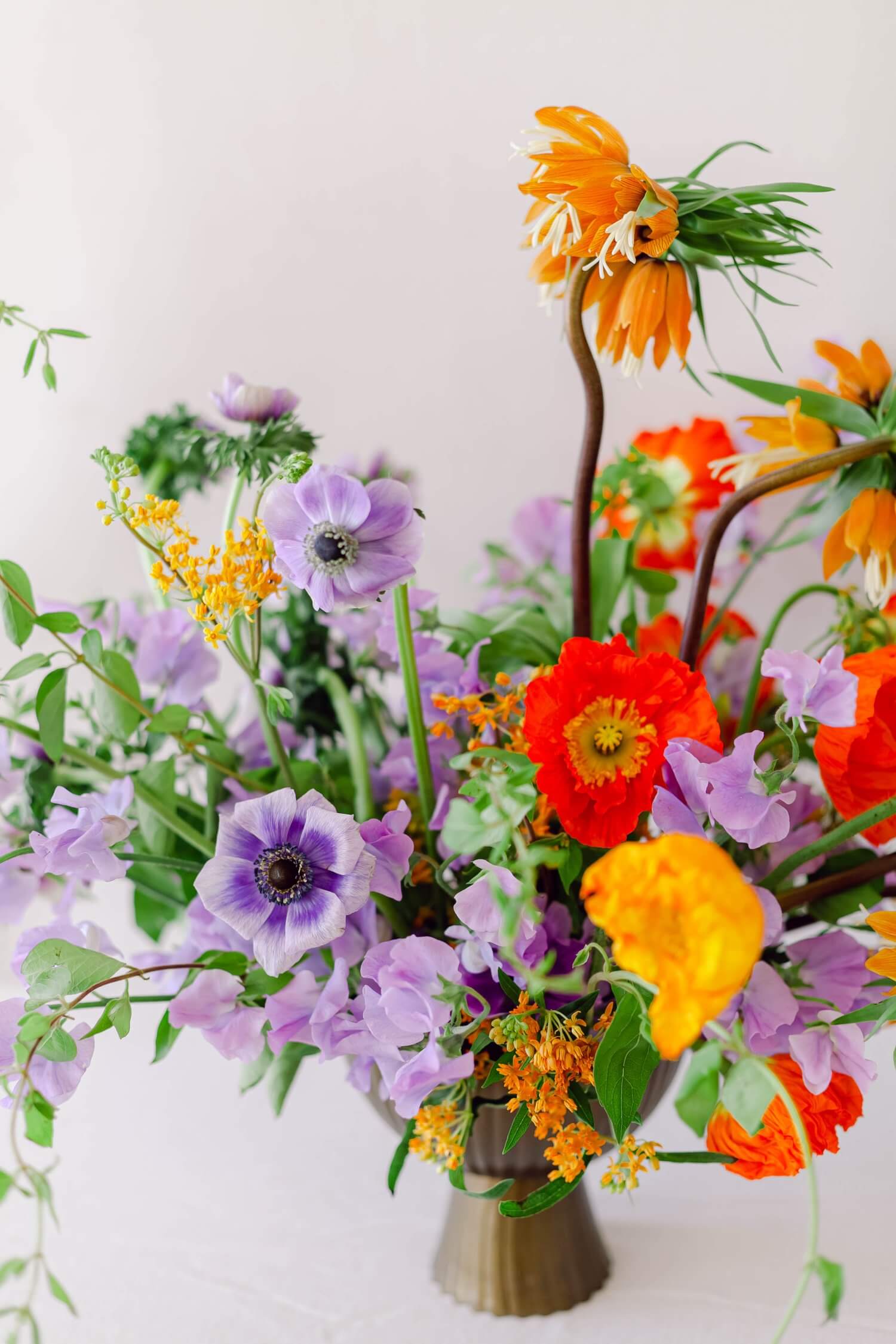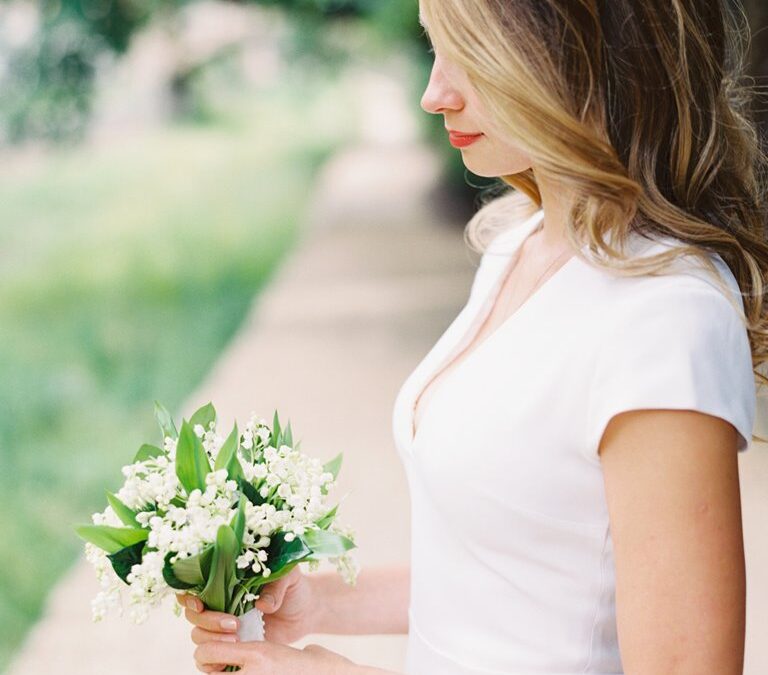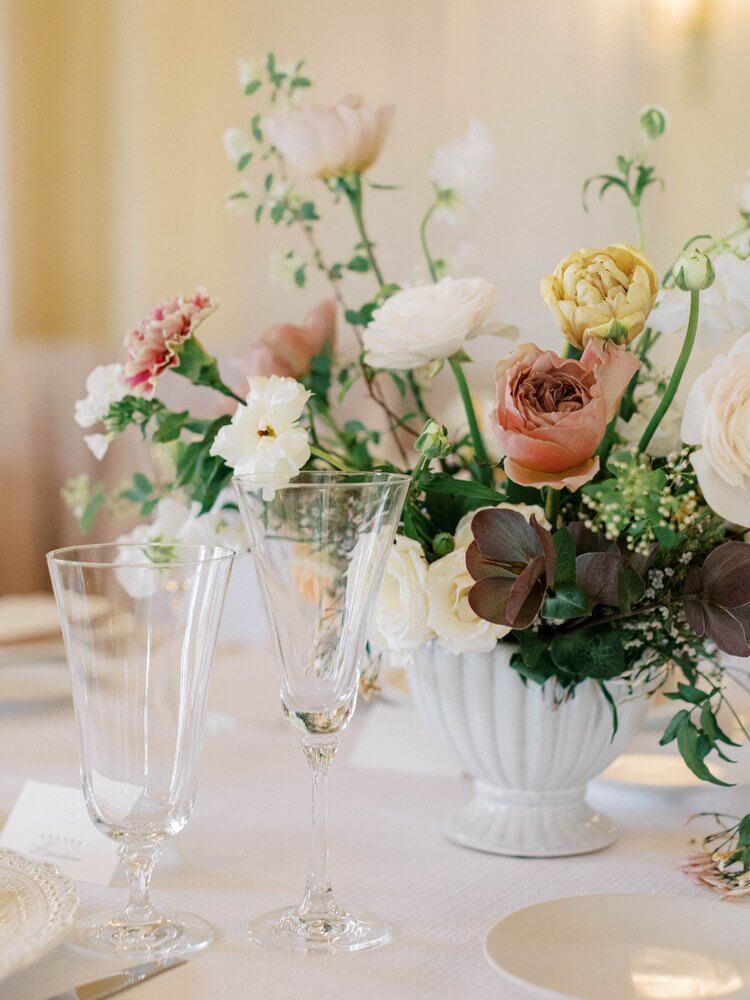In almost all art forms, the proper use of color is vital to creating pieces. Floral design is no exception! Understanding and implementing color theory is vital for florists to create a palette that fits the mood and style of your event. Just like a painter blends hues on a canvas, florists weave colors to create floral masterpieces that resonate with the mood and style of any event. In this blog by Abby Garden, we introduce you to color theory, explaining the foundational concepts, the history of the color wheel, and the diverse styles that transform a bouquet into visual art.
WHAT IS COLOR THEORY?

Color theory is a conceptual framework that seeks to explain how colors interact with each other and how they can be combined to affect our emotions and perceptions. It serves as a valuable tool for artists, designers, and creators, helping them skillfully choose hues that harmonize effectively and convey the desired mood or message they want to achieve.
WHAT IS THE COLOR WHEEL?
Sir Isaac Newton is often credited with the invention of the color wheel in the 17th century. He demonstrated that white light could be separated into a spectrum of colors when passed through a prism. He identified the colors in the visible spectrum ROYGBIV (red, orange, yellow, green, blue, indigo, and violet) and created the first color wheel. While Newton laid the groundwork, color theory continued to evolve, with contributions from various artists, scientists, and theorists.
COLOR WHEEL TERMS

PRIMARY COLORS (RED, BLUE, & YELLOW)
The foundation of all colors, primary colors cannot be created by mixing other colors. In floral design, primary hues are the building blocks for crafting diverse color palettes.
SECONDARY COLORS (ORANGE, PURPLE, & GREEN)
TERTIARY COLORS (MIXES OF PRIMARY & SECONDARY COLORS)
HUE
TINT
TONE
SHADE
WARM VS. COOL COLORS

COLOR STYLES THAT CREATE BALANCED FLORALS

COMPLEMENTARY
Complementary colors are opposite each other on the color wheel, such as red and green or blue and orange. Complementary colors, when paired in floral design, are used to create a dynamic and high-contrast effect.
ANALOGOUS
MONOCHROMATIC
TRIADIC
TRANSITIONAL
CREATE THE PERFECT FLORAL DESIGN USING COLOR THEORY WITH AG

Selecting a florist goes beyond finding someone to arrange flowers; it’s about choosing an artist who has experience in the intricate world of color theory. At Abby Garden, our commitment to innovation knows no boundaries as we craft floralscapes for events worldwide. We use our years of artistic talent and experience with color along with technical design skills to execute your vision. Let us bring your vision to life, transforming it into an intentional floral design that leaves a lasting impact! Contact us today to discuss your upcoming event.







0 Comments